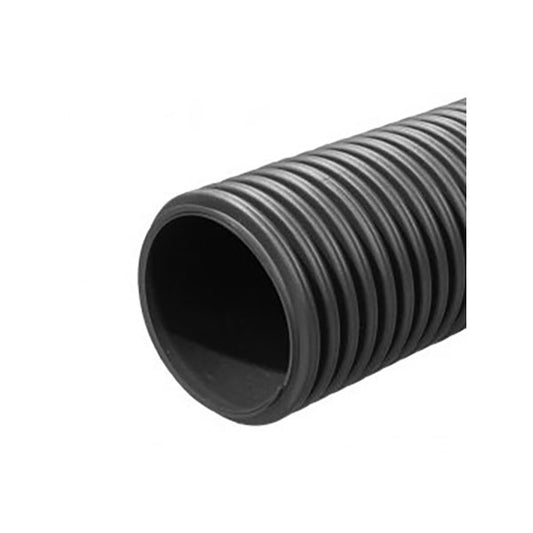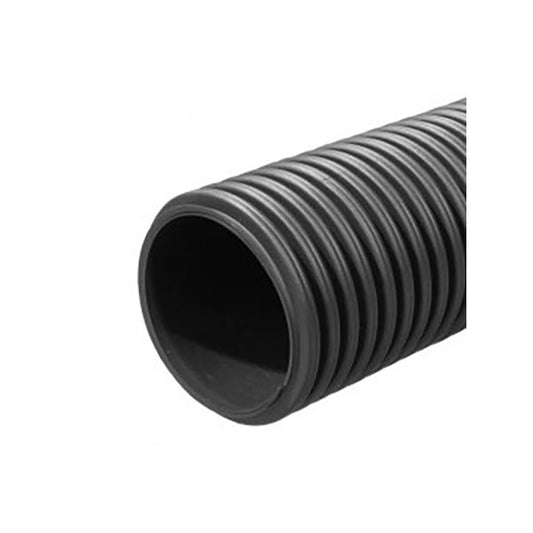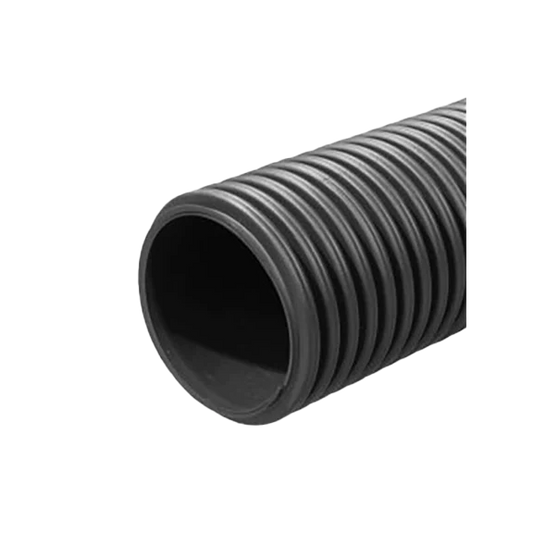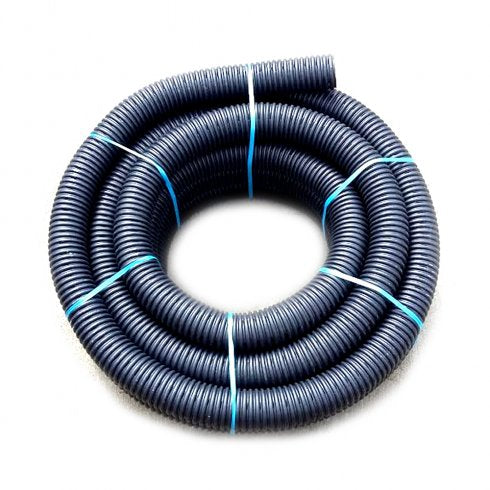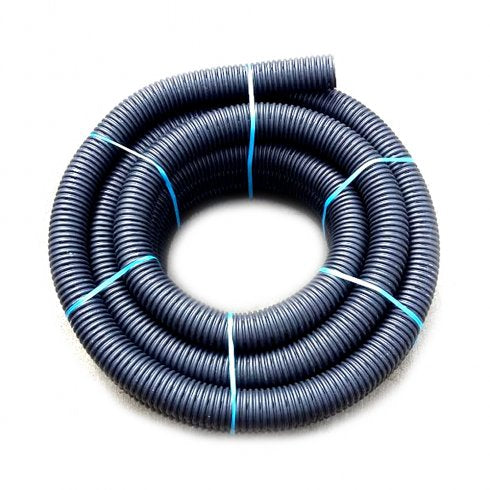If you’re unsure whether your land drainage system is working properly, this simple guide will help you identify what to look for and when it’s time to take action.
How to Check
The best time to assess your system is immediately after heavy rainfall. Here’s how to tell if it’s functioning correctly:
Working Correctly:
- The drains are running freely.
- They dry up within 72 hours after the rain has stopped.
Potential Problems:
- Outlets still trickle water more than 72 hours after rainfall — this may suggest poor flow or partial blockage.
- No water discharge at all — this often indicates a full blockage or collapsed section of pipe.
Here’s an example of a correctly functioning land drainage outfall flowing freely after a storm:
Why Land Drainage Systems Fail
Many land drainage systems across UK farms are failing simply due to age. Clay piping systems were widely installed over 30 years ago when government grants were available, but after the 1980s, fewer farmers invested in new drainage.
Decades later, these systems are showing their age — often clogged with silt or sub-soiled because they were laid just 600mm deep. These issues reduce water flow and lead to poor crop performance, soil saturation, and lower yields.
What to Do Next
An efficient land drainage system can make the difference between a good and bad harvest. The best time to carry out repairs or replacement is directly after harvest, when your fields are bare and accessible.
At Cotterill Civils, we supply a wide range of land drainage products, including:
Our team of specialists can provide you with expert advice on the most effective solution for your farm. Call us today on 0121 351 3230 to speak to one of our drainage experts.
Alternatively, fill out our enquiry form:






